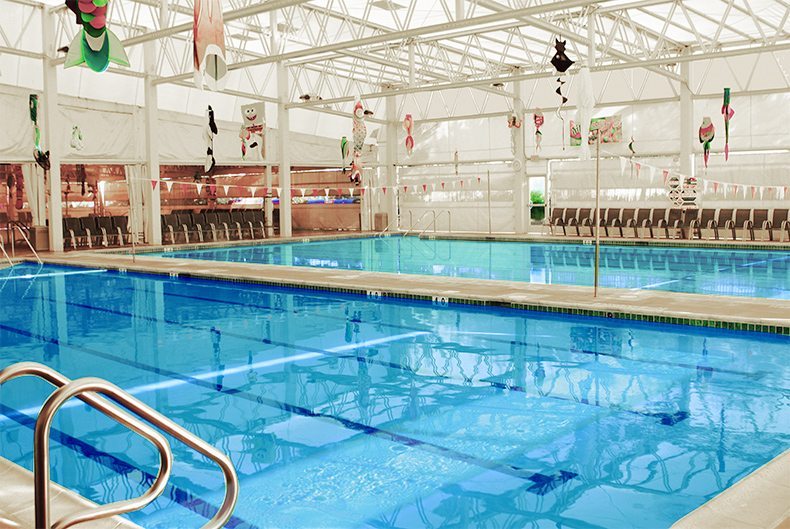
What to Expect and How to Excel
Aquatic therapy can be useful for treating a wide range of ailments, but it’s not something every patient gets instantly excited about. Some are uncomfortable about the idea of getting into the water. Others are skeptical that aquatic therapy will work for them. Almost all patients — even those excited about the prospect of diving in — have questions. Here are a few of the most common.
Why is aquatic therapy helpful?
While aquatic therapy has a number of benefits, the most basic has to do with Archimedes’ principle, which states, “Any object, wholly or partially immersed in a fluid, is buoyed up by a force equal to the weight of the fluid displaced by the object.” A different and simpler way of putting this would be to say that buoyancy allows you to move more freely in the water. Movements that would be difficult or painful on land can be done more comfortably when you’re submerged.
It’s not hard to see how this principle is widely applicable in a therapeutic context. Working alongside your therapist, you’ll gain strength and confidence in the pool before transitioning to performing the same movements on dry ground. Aquatic therapy allows you to develop strength and flexibility safely and without undue strain.
What if I can’t swim?
Don’t fret. You don’t need to be Michael Phelps in order to participate in aquatic therapy. A therapist will be by your side at all times, ensuring that you never feel out of your depth (sorry for the pun). We also have flotation equipment should you desire an added sense of security.
Will my hair get wet?
In most cases, you will not need to be fully submerged. There are some aquatic therapy exercises that require a full dunk, but if your therapist wants you to perform them, you’ll be alerted in advance.
Will it be cold?
Not at all. Our indoor pool is calibrated to optimal healing temperature, hovering at 90–92 degrees. Jump on in — the water’s perfect.
If you have any other questions about aquatic therapy, call our office today.


